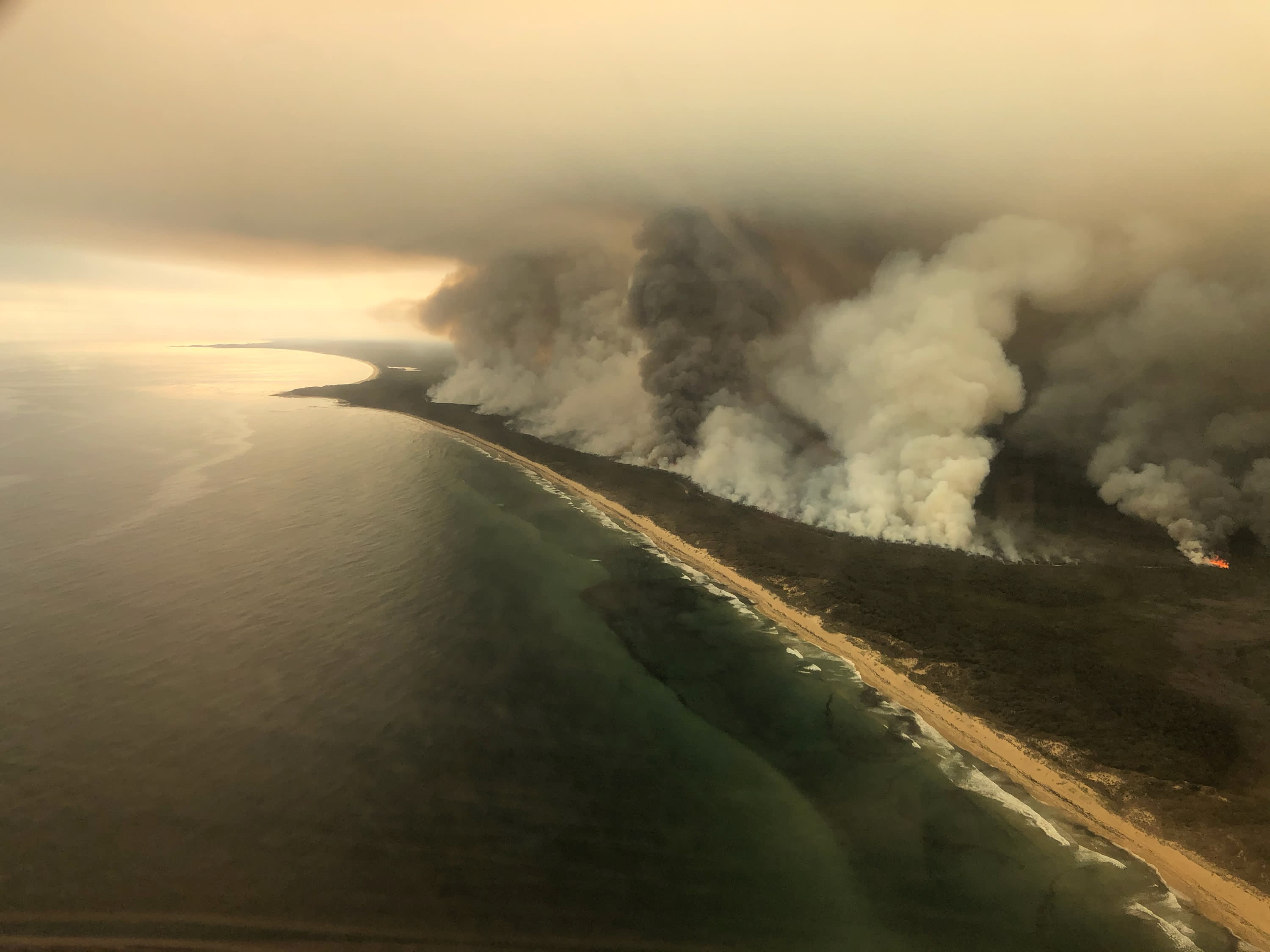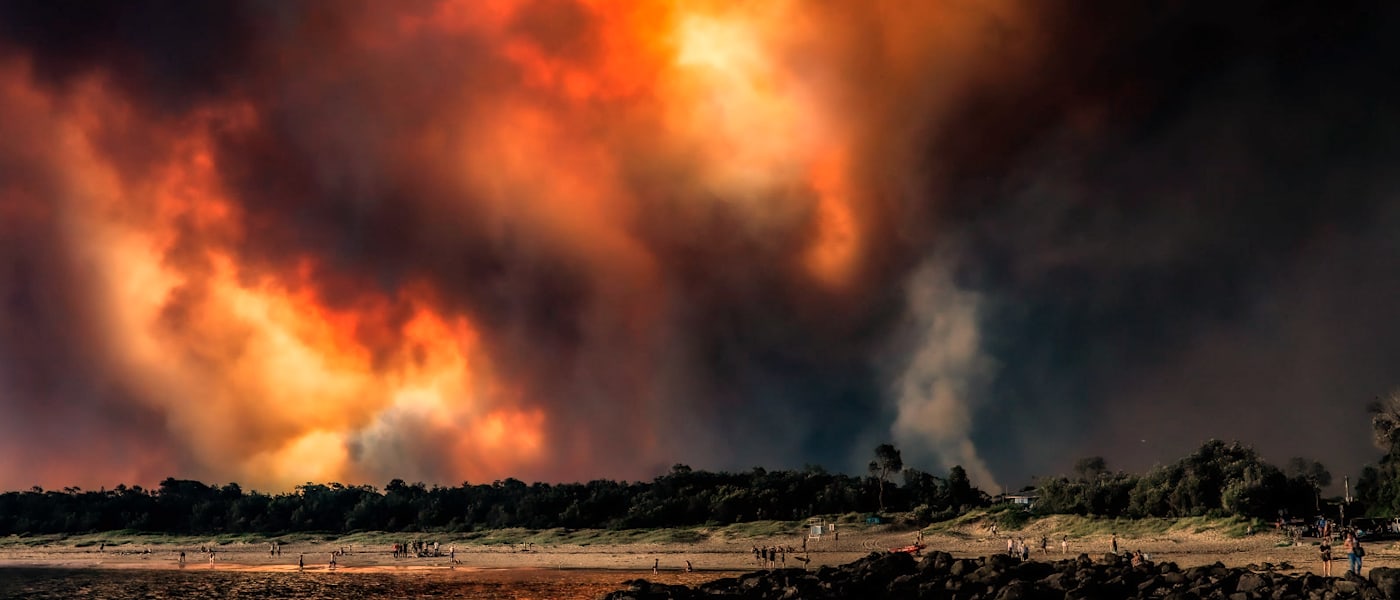Just How BAL Report Impacts Shrub Fire Protection Actions
In the realm of bush fire defense, the Building Strike Degree (BAL) report stands as an important tool that considerably affects the safety and security and strength of residential or commercial properties in fire-prone locations - BAL Report. The effect of a BAL analysis expands far past simple documentation; it serves as the cornerstone for figuring out the suitable building requirements and fire defense measures necessary to minimize the threats posed by bushfires. As neighborhoods face progressively extreme fire periods, recognizing how the BAL record shapes these safety steps becomes extremely important for home builders, homeowners, and policymakers alike
Recognizing the Bushfire Attack Level

Value of BAL Report Evaluation

In Addition, the BAL report analysis acts as a foundational action in complying with lawful responsibilities and needs associated with bushfire defense. Local councils and authorities often mandate the submission of a BAL report as part of the preparation and structure authorization process to make certain that buildings are effectively secured against bushfire threats. Falling short to perform a comprehensive BAL report assessment can lead to inadequate protection actions, leaving residential properties prone to ruining bushfire events.
Building And Construction Standards Based Upon BAL
A detailed understanding of the Bushfire Attack Degree (BAL) allows property proprietors to carry out building and construction standards customized to their details danger account. Building criteria based on BAL are critical in mitigating the effect of bushfires on residential properties. The BAL rating classifies the possible danger a residential or commercial property encounters throughout a bushfire on a scale from BAL-Low to BAL-FZ (Flame Area) Each BAL level represents certain construction requirements described in the Australian Typical AS3959-2018 Construction of Buildings in Bushfire-Prone Areas. For circumstances, properties identified as BAL-Low might just need standard actions such as removing debris and maintaining yards, while those in greater BAL groups need more robust procedures like cinder displays, fire-resistant materials, and secured home windows. Following these construction requirements not just boosts the structural durability of the property yet additionally improves the general safety and security of residents throughout a bushfire occasion. Home proprietors must thoroughly consider their BAL ranking and conform with the equivalent building standards to appropriately secure their owners and homes.
Implementing Fire Defense Actions
With the foundation of construction requirements based upon Bushfire Attack Level (BAL) in position, the focus currently moves towards the useful implementation of fire security measures to strengthen buildings versus bushfire threats. Carrying out fire defense actions includes a mix of passive and active approaches to enhance the resilience of structures in bushfire-prone areas. Easy steps consist of making use of fire-resistant structure materials, installing web link ash guards on vents, sealing voids in roofing systems and wall surfaces, and preserving a clear room around the building devoid of flammable plant life. Active steps incorporate having firefighting equipment readily offered, such as tubes and water pumps, as well as producing a defendable area around the residential property by getting rid of plant life and having a well-maintained garden. In addition, creating an evacuation strategy and making sure all citizens recognize emergency situation procedures are crucial parts of reliable fire defense actions. By incorporating both passive and energetic approaches, properties can significantly lower their vulnerability to bushfire events and boost the safety of residents.
Shielding Residences Against Bushfires
Successfully guarding homes against the destructive influences of bushfires needs a detailed and proactive approach to fire security procedures. House owners residing in bushfire-prone locations have to focus on the implementation of different methods to boost their building's durability against wildfires. One basic element is creating a defensible room around the home by preserving a clear area cost-free of combustible products. This consists of routinely trimming greenery, removing dead plants, and making sure a risk-free range between trees and frameworks. Setting up fire-resistant roofing materials can likewise considerably lower the risk of coal strikes and straight flame contact. Furthermore, sealing vents and gaps to prevent ember invasion, as well as integrating fire-resistant windows and doors, can aid strengthen the home's defense versus bushfires. Spending in a reputable water resource, such as a well-maintained automatic sprinkler or a committed water tank, is critical for providing water during fire emergencies - BAL Report. By embracing an aggressive stance and incorporating these protective measures, property owners can considerably increase their possibilities of protecting their homes versus bushfires.
Final Thought
In conclusion, the Bushfire Assault Degree (BAL) record plays a vital role in establishing the essential defense measures against bushfires. Carrying out fire protection steps based on the BAL report is necessary in guarding properties from potential bushfire risks.
In examining bushfire risk to properties, recognizing the Bushfire Strike Degree (BAL) is a critical element for applying effective defense measures. In general, a clear understanding of the Bushfire Attack Level is essential for implementing appropriate security steps and alleviating the impact of bushfires on homes.
